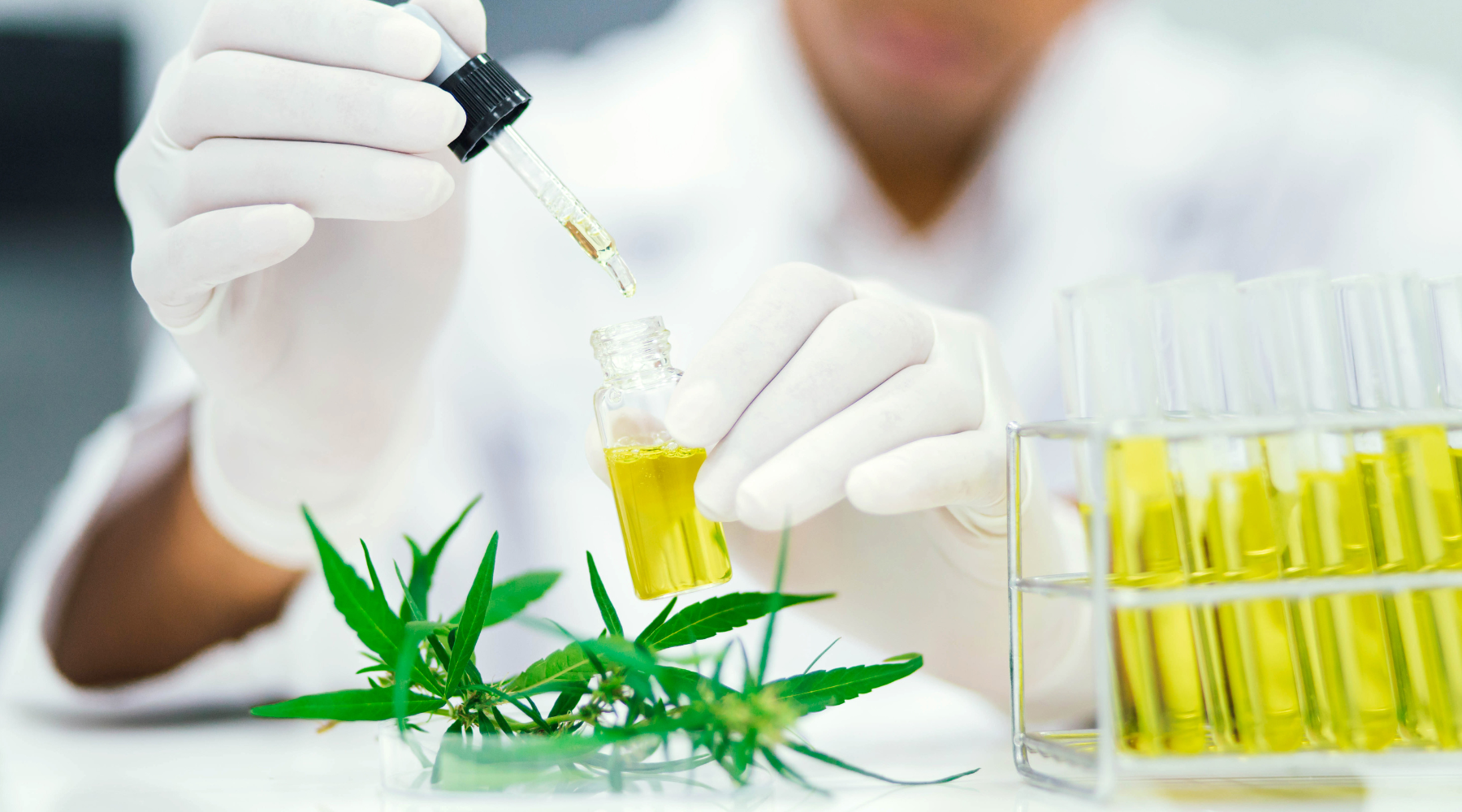
Using Sodium Hypochlorite for Water Purification: A Detailed Guide
Water is a fundamental necessity of life. Its use extends beyond quenching thirst, serving an essential role in activities such as cleaning, cooking, bathing, and various industrial processes. Unfortunately, water sources can contain numerous impurities, including pathogens that could pose a risk to health. To address this, different methods and chemicals for water purification have been developed, one of which is Sodium Hypochlorite. This article provides a comprehensive guide on how Sodium Hypochlorite can be used for water purification and how it compares to other water treatment chemicals.
The Role of Sodium Hypochlorite in Water Purification
Sodium Hypochlorite is an efficient oxidizing agent that has proven effectiveness in eliminating bacteria, viruses, and other harmful pathogens present in water. The chemical process behind this involves the alteration of the pathogen's cell structures, effectively neutralizing them and rendering the water safe for use.
The potency of Sodium Hypochlorite makes it a popular choice for various water treatment applications, from small-scale residential use to large-scale municipal water treatment facilities. Alliance Chemical offers Sodium Hypochlorite in two concentrations: 5.25% and 12.5%, providing flexibility depending on the specific needs of the water purification process.
Step-by-Step Guide on Using Sodium Hypochlorite for Water Purification
Utilizing Sodium Hypochlorite for water purification is a straightforward process, but the right procedures must be followed to ensure optimal results. Here is a detailed step-by-step guide on how to use Sodium Hypochlorite effectively:
- Formulating the Sodium Hypochlorite Solution: Start by combining Sodium Hypochlorite and water. The exact ratio is dependent on the concentration of Sodium Hypochlorite and the volume of water needing disinfection. For a 5.25% solution, use approximately 8 drops per gallon of water. In contrast, for a 12.5% solution, about 3 drops per gallon of water is sufficient.
- Applying the Solution: Once the solution is prepared, the next step is to apply it to the water requiring purification. Distributing the solution evenly throughout the water is essential, ensuring the Sodium Hypochlorite can effectively interact with all pathogens present.
- Waiting Period: After the solution has been applied, a waiting period of at least 30 minutes is needed. This duration allows the Sodium Hypochlorite ample time to neutralize the pathogens in the water.
- Re-testing: Following the waiting period, it's recommended to re-test the water to ensure complete disinfection. This can be accomplished by using a chlorine test kit or a water purity test.
- Dechlorination: If residual chlorine is detected, it is important to remove it, especially for water intended for drinking. This can be achieved by employing a dechlorination agent or letting the water stand uncovered until the chlorine smell dissipates.

Comparison with Other Water Treatment Chemicals
Water treatment involves a broad spectrum of chemicals, each offering its unique advantages and drawbacks. Here is a comparative look at a few alternatives to Sodium Hypochlorite:
Calcium Chloride
Calcium Chloride, a type of salt, is used for multiple purposes, including water treatment. It aids in the removal of impurities and in enhancing water clarity. However, Calcium Chloride lacks the disinfecting capabilities of Sodium Hypochlorite, making it a less suitable option for eliminating harmful pathogens.
Hydrochloric Acid
Hydrochloric Acid can be used to adjust the pH of water, thus enhancing the effectiveness of other water treatment chemicals. Nevertheless, it doesn't provide disinfection. Moreover, it is a highly corrosive substance, demanding careful handling and use.
Sodium Hydroxide
Sodium Hydroxide, also known as lye, is employed in water treatment for pH adjustment. It can facilitate the precipitation of impurities but does not have disinfecting properties like Sodium Hypochlorite.
Sulfuric Acid
Sulfuric Acid is another chemical used for pH adjustment in water treatment processes. It helps enhance the efficiency of other treatment chemicals but, like Hydrochloric Acid, it doesn't disinfect the water and requires careful handling due to its highly corrosive nature.
Conclusion
Among the array of chemicals available for water treatment, Sodium Hypochlorite stands out for its powerful disinfection abilities. It offers cost-effectiveness, high efficiency, and ease of use, making it a preferred choice for many water treatment scenarios. As always, when using Sodium Hypochlorite or any other chemical in water treatment, safety and accuracy in dosing are paramount. Always consult with professionals or adhere to manufacturer instructions when treating water to ensure the best results.









